Guy Fawkes, Guy Fawkes 'twas his intent
To blow up the King and the Parliament
Three score barrels of powder below
Poor old England to overthrow
By God's providence he was catch'd
With a dark lantern and burning match
Holler boys, holler boys, ring bells ring
Holler boys, holler boys, God Save the King!
Introduction - For those of my generation, the fifth of November will forever live in infamy as Guy Fawkes Night - the night way back in 1605 when Guy Fawkes was discovered in the cellars under the House of Lords in London along with 36 barrels of gunpowder, as part of a plot to overthrow the Government, assassinate the King, and blow up the Houses of Parliament
Fortunately for all those who would have been in attendance at the Opening of Parliament on the next fateful day, Guy Fawkes was arrested in the nick of time, his co-conspirators rounded up, and most were sentenced to death. For hundreds of years, this failed attack has been commemorated with the lighting of bonfires, complete with effigies of Guy Fawkes being incinerated on top of them, and fireworks let off in celebration.
Shortly after this 5th November (2022) I received an email from our good friend and former colleague, John “Alfie” Fox describing his personal recollections of Bonfire nights in his home town in Lancashire, England during the 1950’s. His description of youngsters travelling around their neighbourhoods collecting items for building huge bonfires for Guy Fawkes night, together with the setting off of fireworks, evoked my own memories, many of which were similar to those of Alfie except maybe that in North Staffordshire we roasted potatoes in the embers of our bonfires until they were totally blackened and we had to peel thick layers of skin and charcoal off them to expose the still white, hot potato that was then smothered in salt and butter.
It also reminded me of the annual 5th November activities in Bermuda when I first arrived here in 1964. The scenes in Hamilton every year where chaotic and extemely dangerous, so much so that they led to the eventual banning of fireworks on Island. But more of that after you read Alfie’s account of “Bon Fire Nights” in Lancashire when he was a young lad.
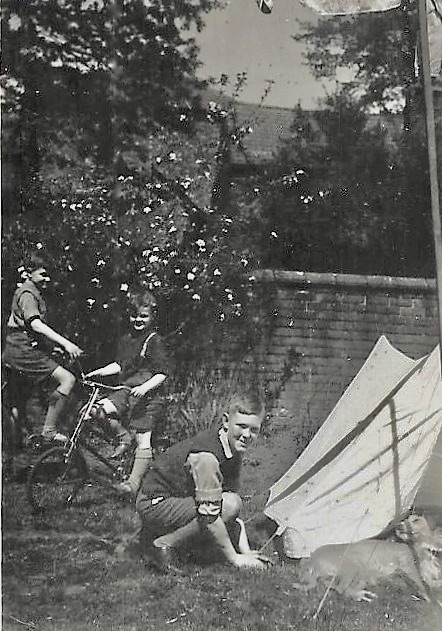
This is a time of the year for many to remember things in the past. With the recent passing of November the 5th. I was again reminded of Bon Fire Nights, back in the 1950's. At the start of that decade my parents moved to an endhouse in a block of row houses in Turf Lane, Royton, Lancashire. Another block of houses were located adjacent about 40 feet away.
On Guy Fawkes night the community celebrated with the BonFire built between the two rows. I remember the heat on the adjacent inside wall of our house. Only later did I ponder why we moved after such a very short stay in that house.but I was very young may be 11- 12?
What I really remember and really looked forward to every year was the Bon Fire nights I spent as a Boy Scout in the 1st Heaton Moor Scout Troop. We had a Scout Hut on a sizable plot of land which enable us to have a big Bon Fire that did not threaten any neighbouring buildings (St Pauls Church was the closest) .
We particularly gathered "fire fodder" through out the year but the major source of combustables came from junk collected from folk who asked us to do jobs during "Bob-a-Job" week ("Bob a job" week, what a charity - as scouts we sometimes had mixed feeling for and in some cases had hesitation for when we were assigned to specific streets. It was known that were the houses were of the seemingly "rich" jobs were strenous and not well paid albeit was a bob a job, some days you would work like a dog all morning and just be given a "bob" (Crickey, who remembers a Bob, - a shilling). Houses of the moderate incomes were usualy great, folk recognised a harder job and we were decently rewarded, but there were no set rules and frequently we were often surprised – on occasions being given a Fiver for just taking some old newspapers out of the cellar for a job that might have taken 5 minutes.
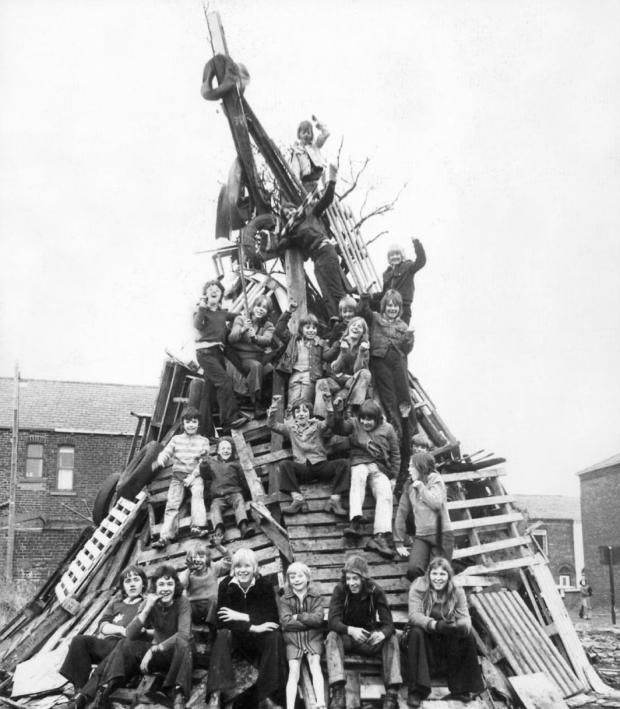 Neighbourhood children in Lancashire
Neighbourhood children in Lancashire After a week of collecting a lot of junk, the local Builder, George Ball, lent the scouts his push builders carts (that was the way trades folk moved their supplies to a work locations back in the 50's - very few motorized trucks) and we were able to pile up all sorts and trundle it back to the Hut.
In retrospect what we burnt from folks who asked us to get rid of stuff would likely today be found to be valuable(?) . We got all sorts, old Steamer trunks (full and empty), Fur coats & Stoles, Hats, Dresses, Suits, Books, Gramaphone records, Furniture (Yes, we did get some unburnable stuff but really not very much) I can not think of anything that was recycled (we did not know that word, every thing was looked at as being fire fodder)
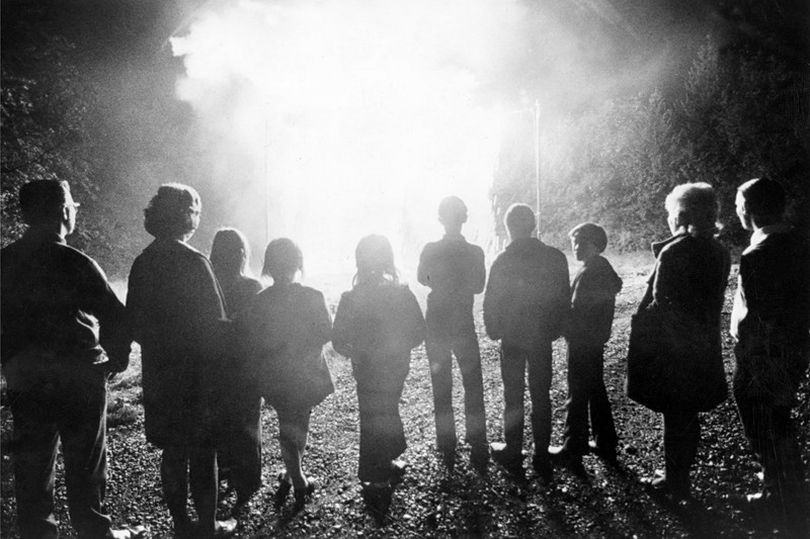
So our Bon fires were fantastic, the fire works were incidental, you were more likelly to be blinded by the fire brightness and sparks, and the noise of bangers and whizzers weremuted and masked by the crackling of the blaze. We typically had more that a 100 visitors lots of parents with many bringing Parkin, Toffee apple, Brittle toffee, (But I do not remember any drinks?)
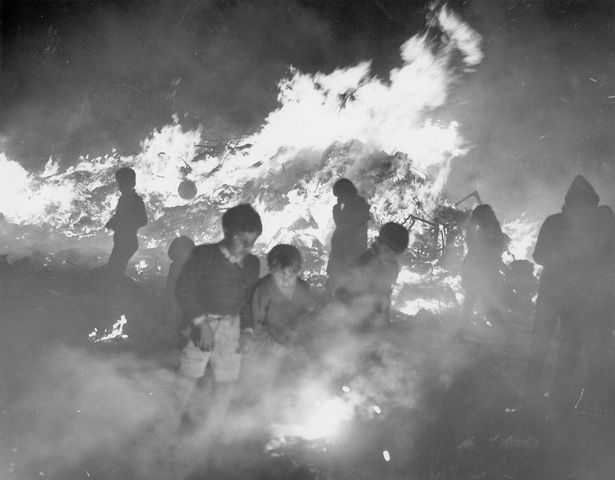
We had a great big Scout Troop back in my time all 10+ years most of the 50's We never had to turn away any cubs or scouts because we were well sponsored and had very good leaders and scout masters (I even did a bit myself) I luved it cos we had many many camps, Hiking, Swim meets, all kinds of activities. We camped at Lyme Park frequently (I was on occasions a warden) camped on hikes at Jacobs Ladder and Pikes Peak, and annual week camps at Sandiway. We had great fun.
It only came to an end when we came across something called Girl Scouts, girl friends and the threat of impending National Service.
But the Scouts with Guy Fawkes night continue to bring me nice memories.
--------------------------------------------------------------
CLICK HERE to read more about John "Alfie" Fox's lifestory in our 'Then and Now' column.
As mentioned above, by the time I arrived in Bermuda in 1964, the annual bonfire night “celebrations” here were completely out of control and were descending into “riotous outbreaks” throughout the Island, and especially around the City. Guy Fawkes was still celebrated with bonfires and fireworks but sadly, the annual event had degenerated into a dangerous night for anyone who was out after dark on 5th November, and the Police had to be out in force, making numerous arrests and dealing with dozens of incidents, which were perhaps best summarized in an excellent article written by eminent historian, Cecille Snaith-Simmons and published in the Royal Gazette on 1st November 2021.
"The Fifth of November"
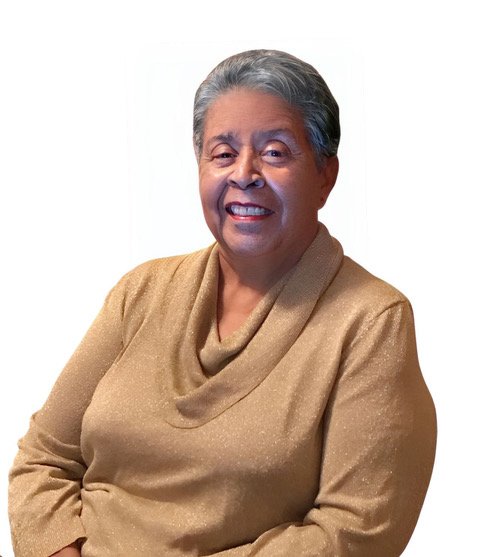
“…. As a child, I remember my father purchasing firecrackers with names such as Roman candles, skyrockets and sparklers. We had so much fun as he set them off in the backyard and finally he gave us the sparklers, which we could safely hold in our hands. The thrill and excitement of Guy Fawkes Night is unknown to my children and, not surprisingly, my grandchildren.
In the 1930s, Frances Goodchild recalled her father using discarded clothes, dried grass and rags to make an effigy of Guy Fawkes. When she arrived home from school, it was already completed. This, combined with the smell of her mother’s sweet potato pudding, added to the excitement of firecracker launching and the burning of Guy Fawkes.
Brownlow Place, who is now 105, (Editor’s note: Brown Place is now 106) describes November 5 in his childhood as an exciting time for children. He recalled that when schools opened in September, it was so cool that sweaters and coats were worn. By November it was even colder. On Ewing Street, where he lived, most people made effigies of Guy Fawkes and firecrackers could be bought at all the neighbourhood shops. He remembered clearly the Chinese crackers that made an extremely loud bang, as well as the poorly behaved individuals who shot Roman candles at cyclists and into people’s homes.
Sweet potatoes were abundant and everyone made sweet potato pudding.
In certain parts of England, there was the tradition of eating a cake called Parkin on Guy Fawkes Night. The origin of this tradition is unclear, but it is much older than the Gunpowder Plot. It could be linked to a pagan celebration or to All Saints Day. For whatever reason, it has for centuries been enjoyed at the beginning of November.
Parkin is described as a sticky cake made with oats and treacle with a fiery ginger kick. It is possible that the early settlers substituted sweet potatoes in an effort to replicate what they ate at home or it could be a Bermudian creation designed to use up the abundant sweet potato crop.
A cookbook published by the Garden Club of Bermuda in 1966 mentions that there was an old custom of serving sweet potato pudding with Cedar Berry Beer on Guy Fawkes Day. The Bermuda Best Recipes book first published in 1934 describes it as an ale made by fermenting ripe cedar tree berries.
In the early Fifties, my husband lived on Dundonald Street. He recalls that on Guy Fawkes Night, Princess Street became ground zero. The neighbourhood became the congregation spot for teenagers and the location of the most dangerous and reckless night of the year. Your parents purchased firecrackers for the household, but teenagers acquired a stash to be used for nefarious purposes. Boys from North Shore and Dock Hill would venture into Hamilton to challenge the “town boys”.
Sky rockets were put into bottles, set off and directed at the intruders who, of course, returned fire. Roman candles were designed to fire upwards, but they, too, were directed at the intruders. Some boys opened the crackers, used the head of a nail to push down the gunpowder, compacting it to increase the volume of the bang. Some attached bangers to skyrockets, resulting in midflight explosions. Some made a ball by wrapping rags around a chicken wire cage, soaking it in kerosene, setting it alight and played football.
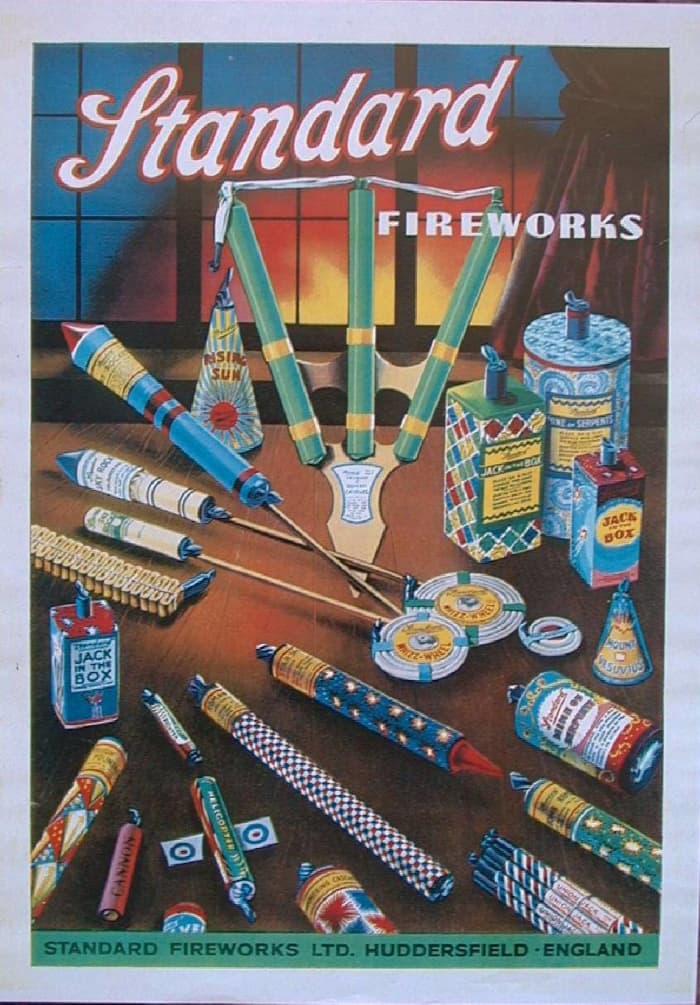 Typical fireworks from the 1950's
Typical fireworks from the 1950's
When the numerous bags of crackers were empty, they progressed to even more dangerous manoeuvres. On pedal bikes, they rode down the street spraying light fluid, which was set alight. They then challenged each other to see who could ride the farthest with fire trailing behind them. When I inquired as to why the parents allowed this behaviour, the answer was simple: they were too afraid to leave their houses and the fire department and police were probably too busy dealing with this night of hooliganism throughout the city.
My sister-in-law recalled that once the neighbourhood had burnt down on Guy Fawkes Night. Not allowed to leave the house, she described the pleasant aroma of baking sweet potato pudding being replaced by the heavy stench of gunpowder.
In the morning, the street resembled a war zone. Everyone promptly gathered to clean up all evidence relating to the raucous, undisciplined behaviour of the night before.
Fireworks were invented by the Chinese. They discovered that when bamboo stems were thrown into fire, the hollow interior heated up, resulting in a loud bang. In later years, they packed gunpowder into small containers, thus recreating the sound. Eventually, the firecracker as we know it today evolved.
Joseph Lambert described Guy Fawkes Night in the 1950s as “war”. Groups of teenagers travelled on foot, using familiar footpaths and trails to avoid the main roads. Many came from as far as Southampton, Cedar Hill and Khyber Pass to Camp Hill. A few had pedal bikes, which they hid in the trees. Although street lighting was introduced to Bermuda in 1904, it was limited in many areas during the Fifties.
Most boys carried their firecrackers in bags on their backs. They attacked each other with Roman candles, skyrockets or whatever crackers were available. Joseph’s family built a Guy Fawkes stuffed with dry cane grass and mounted on to a wooden frame and set alight. One year, some individuals decided to use dynamite. Fortunately, no one was injured, but the blast was certainly memorable.
Gregory Hall recalled the fantastic Guy Fawkes his father built every year. More memorable was the painful event that occurred when he was a teenager. He was carrying fireworks in his back pocket when somehow a spark caught one. He says this traumatic event put him out of commission for weeks. His mother was furious and the district nurse became a frequent visitor. He thoughtfully remembered that in those days, too many children had access to far too many matchers.
In St David’s, Ronnie Chameau described Guy Fawkes Night as the biggest night of the year. Families purchased their firecrackers from Roy Smith’s Shop and everyone helped to build the bonfire near the Red Hole area at St David’s field. Her family enjoyed a meal of stewed pumpkin with salt beef before leaving for the celebrations.
A community member assumed the responsibility of making Guy Fawkes. He would be fully dressed in a hat, shirt, trousers and stuffed with dried grass. In his mouth was a large cigar made of rolled cedar bark. Finally, he was secured upon a chair, placed on the shoulders of men and paraded around St David’s.
The procession was accompanied by the beating of improvised drums. At the field, Guy was mounted at the very top of the bonfire, set alight and everyone set off their fireworks. Roman candles were set in mineral bottles and lit. Devil dancers were popular. Once lit, they ran around like snakes with a little light at one end. During the festivities, everyone ate sweet potato pudding and sipped hot cocoa.
I asked Mrs. Chameau about the fireballs that boys in Hamilton were kicking around. She had never heard about this in Bermuda but she described a Native American Mashpee Wampanoag ceremonial game performed at the end of the Fourth of July Pow Wow. The construction of the ball soaked in kerosene was similar to that used in “back of town” Hamilton. This was a curious discovery.
In 1962, Radio Bermuda organized a community fireworks display to illuminate the entire island. There was to be a countdown, Cape Canaveral-style, on all three ZBM stations. When the countdown reached zero, everyone all over the island was asked to launch a skyrocket or Roman candle. It was such a success that a similar event was organized the next year.
The Royal Gazette, dated November 10, 1962, reported W.L. Tucker speaking on the motion to adjourn in Parliament. He described children “going haywire” in the streets during Guy Fawkes Day celebrations. He felt the time had arrived for the powers that be to place a complete embargo on fireworks.
It was not until 1974 that the Government, to ensure the safety of the community, passed a law banning the open use of fireworks by untrained persons.
The only remaining tradition is the making and eating of sweet potato pudding on a day simply described as the Fifth of November.
With thanks to those who helped to recreate this almost forgotten event in our history.”
________________________________________________
CLICK HERE to view the full article in the Royal Gazette written by Cecille Snaith-Simmons
EDITORS NOTE - In addition to any brief comments our readers may wish to add to the above, I would also encourage you to consider writing your own recollections of Guy Fawkes or Bonfire Nights. Please feel free to forward them to us at info@expobermuda.com with a view to having them posted under this column.